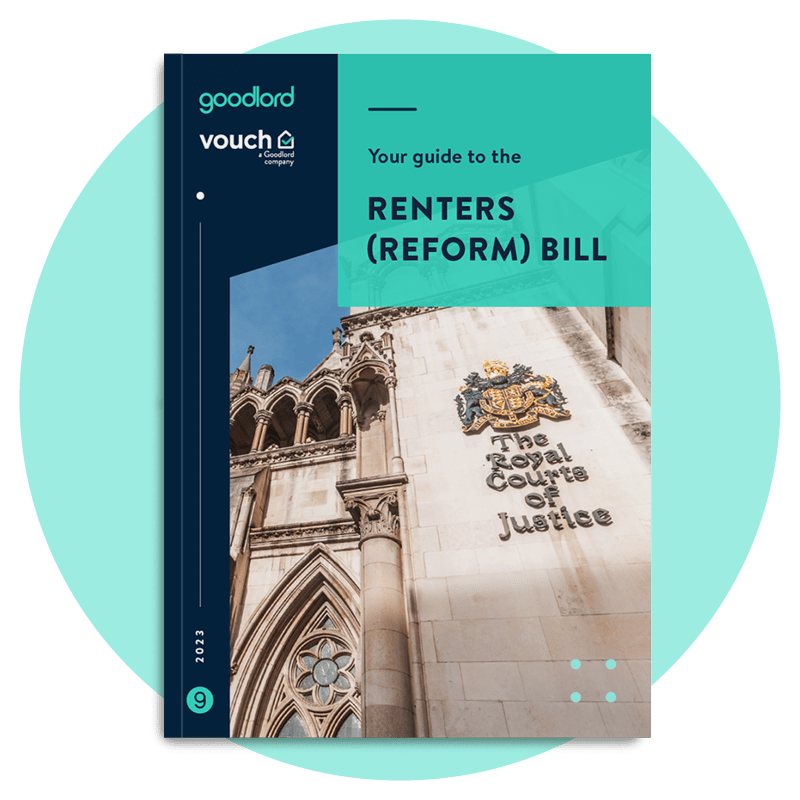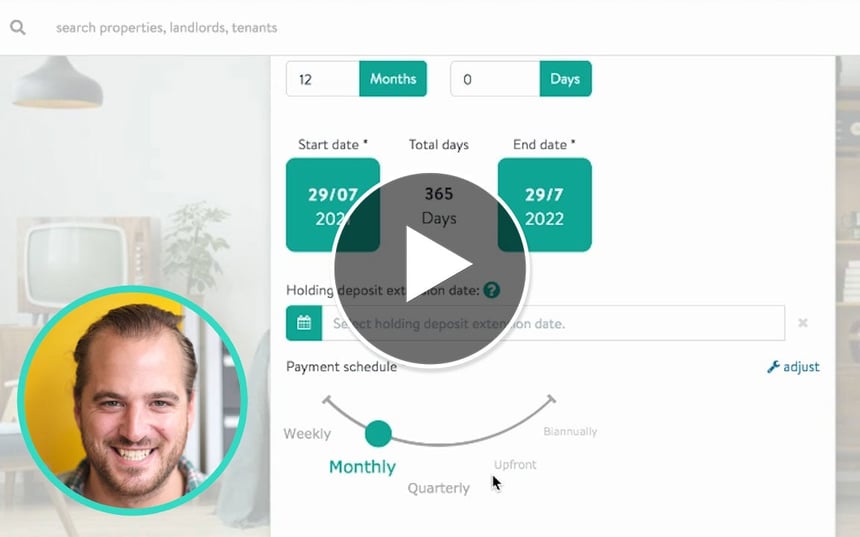How damp and mouldy are private rented homes?
With updates to guidance around damp and mould in social and privately rented housing, here are 3 key findings from recent research into the private rented sector.
The government has released the results of its research into the issue of damp and mould in the private rented sector (PRS), alongside its new guidance on how best to manage it. This is one of the hazards that landlords and letting agents can currently assess using the Housing Health and Safety Rating System (HHSRS).
The Damp and mould in the private rented sector report gathered responses from a range of councils on the damp and mould conditions in their local area, so here are its key findings.
1. A low percentage of rental properties have serious damp and mould problems, but more data is needed to monitor less serious problems
On average, 3.6% of privately rented properties have a "category 1" or serious damp and mould problem, according to estimates.
However, the government found that there wasn't enough clarity on how local authorities should estimate the number of "less serious or less urgent" damp and mould issues, so it's still unknown how many properties suffer to this lesser degree.
Sixty-six percent of mould and damp problems were also discovered through property inspections that only took place in response to complaints about damp and mould.
2. Enforcement of these issues has mainly been "informal" and timelines to address any complaints varies
Local authorities have a range of enforcement methods to choose from when it comes to complaints around damp and mould.
Only 12% of enforcement action was around improvement notices, civil penalty notices and prosecutions between 2019-2022. That means that the large majority of action taken was 'informal', and constituted advice to tenants and landlords.
Timelines also vary across councils. Some complaints are addressed within the day, others take up to six weeks.
3. A lack of data and expertise has restricted enforcement - so the new property portal will help
Possibly an explanation for enforcement mainly being "informal" around damp and mould is the lack of capacity, experience, and expertise in local authorities. Even councils that attempted to recruit more people to deal with the problem struggled to find qualified professionals.
This is in part due to the Housing Health and Safety Rating System (HHSRS), which the research shows is not an effective way to check how serious damp and mould issues are. The HHSRS has seen a separate review recently, and will be adapted to help address these concerns.
Similarly, the data registered in the Renters (Reform) Bill property portal will help councils monitor their landlords compliance more closely.
Read more about the current damp and mould guidance for private landlords.










